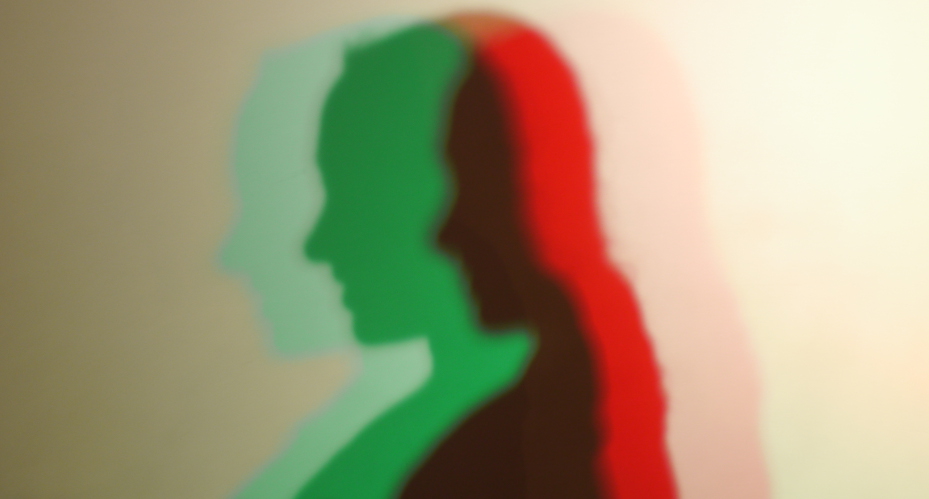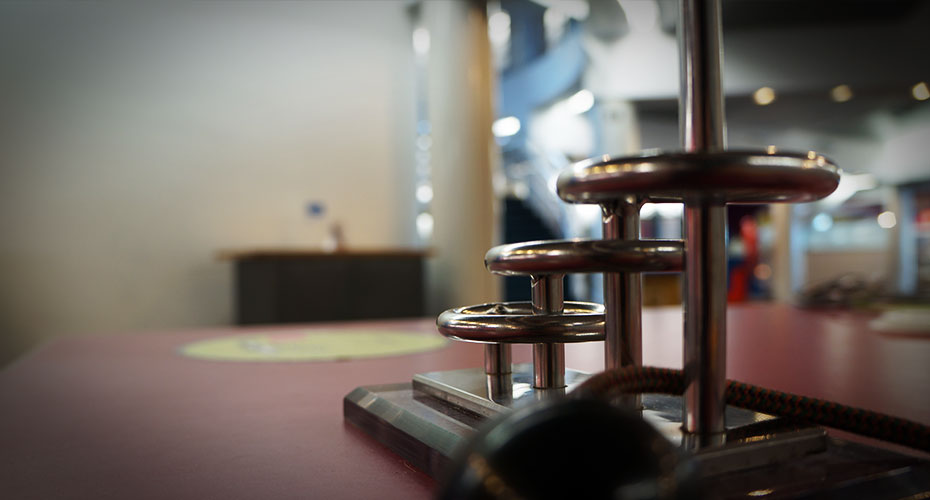Objectives
Materials
Key Questions
-
How does the periscope work?
-
Can you trace the path of light from the object, through the periscope, to your eye?
-
How could you build your periscope to see behind you?
-
When would you use a periscope?
What To Do
Preparation
- Use a craft knife to cut off the top of each carton.
- Using a marker, draw a square at the bottom of each carton. These will be the windows of the periscope. Use the craft knife to cut along one of the sides of the window. (The students can cut out the rest of the window using scissors.)
Optional: If your students are younger and need help with careful cutting, measure and cut the slit for the mirror. (See step 4 in the instructions below).
Instructions
- Provide each student with two prepared cartons, two mirrors, scissors, tape and stickers/decorations.

- Carefully cut out the windows of the cartons.
- Measure and mark a 45° angle on the side of the box, extending from the bottom corner of the window up to the back of the box.
- Along this line, cut a slit into the cardboard.
- Insert the mirror into the slit.
Hint: To measure a 45° angle on any sized box, simply measure the width of the box, measure the same distance up along the side of the box, and mark that point. Draw a line between that mark and the opposite corner of the square you’ve measured out, and you’ll have a 45° angle. Repeat with the second carton.

- Use a craft knife (an adult should do this part) to cut a slit along the 45° line. Make the cut as long as one side of the mirror. If the mirror is thick, widen the cut. Repeat with the second carton.

- Slide a mirror into the carton through the slit with the shiny side facing the window and the dull side facing the “roof.”
- Repeat with the second carton.
- Tape the mirrors in place.
- Once the mirrors are firmly secured, join the two cartons together by sliding one into the other. You may have to pinch the open end of the upside-down carton so that it can slide into the other carton. Tape the two cartons together.
Hint: You can create a forward-looking periscope by facing the mirrors in opposite directions, or a backwards-looking one by facing the mirrors in the same direction.

Hint: Don’t have one-litre milk cartons? Any sized box works as long as you have big enough mirrors positioned at a 45° angle.
Extensions
-
Make a periscope with a really long tube. The longer the tube is, the smaller the image you will see. Note: Periscopes in tanks and submarines have magnifying lenses between the mirrors to make the reflected image bigger.
-
Could you build a periscope that would let you look over a wall and down at something at its base on the other side? How would you have to arrange the mirrors to do that?







